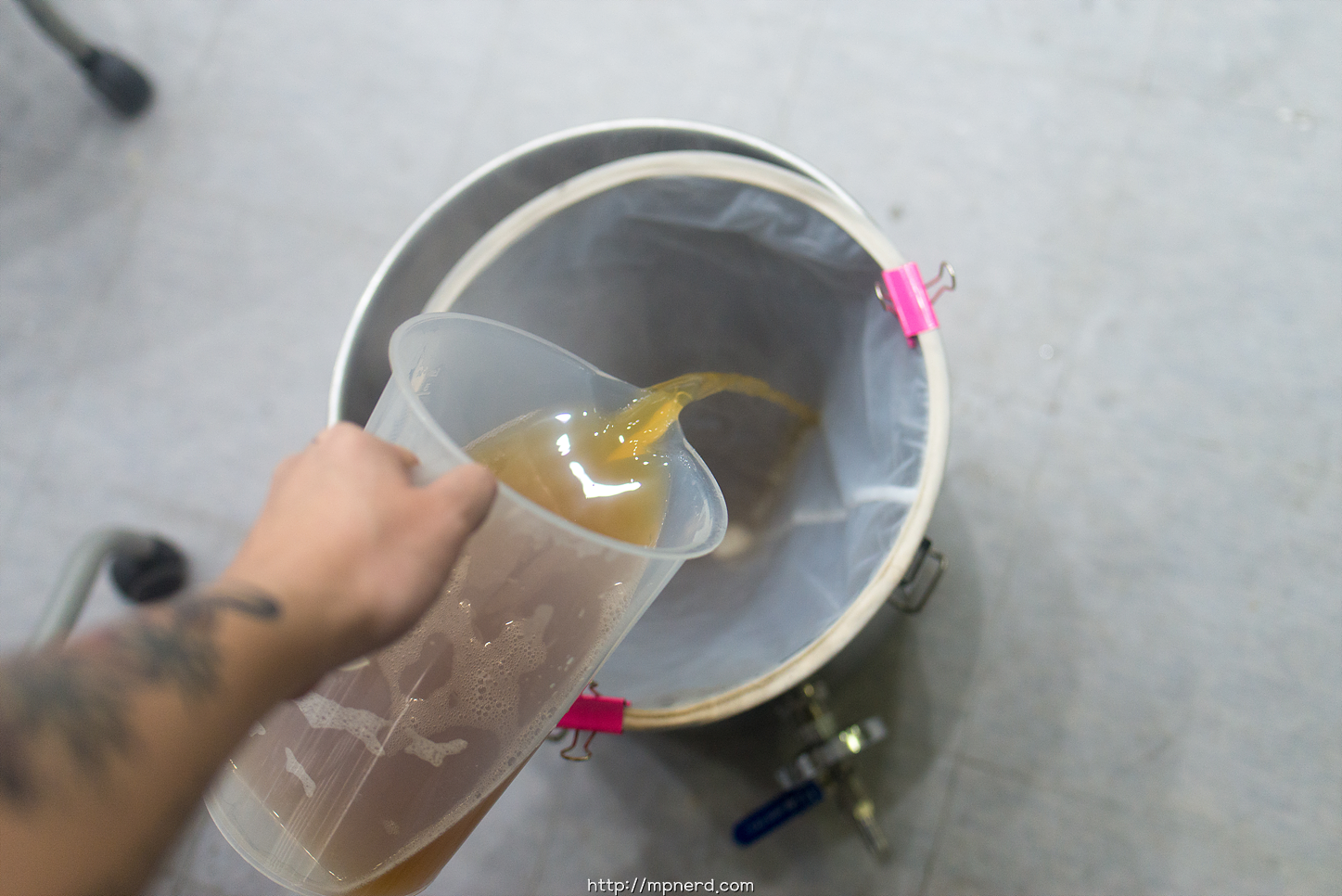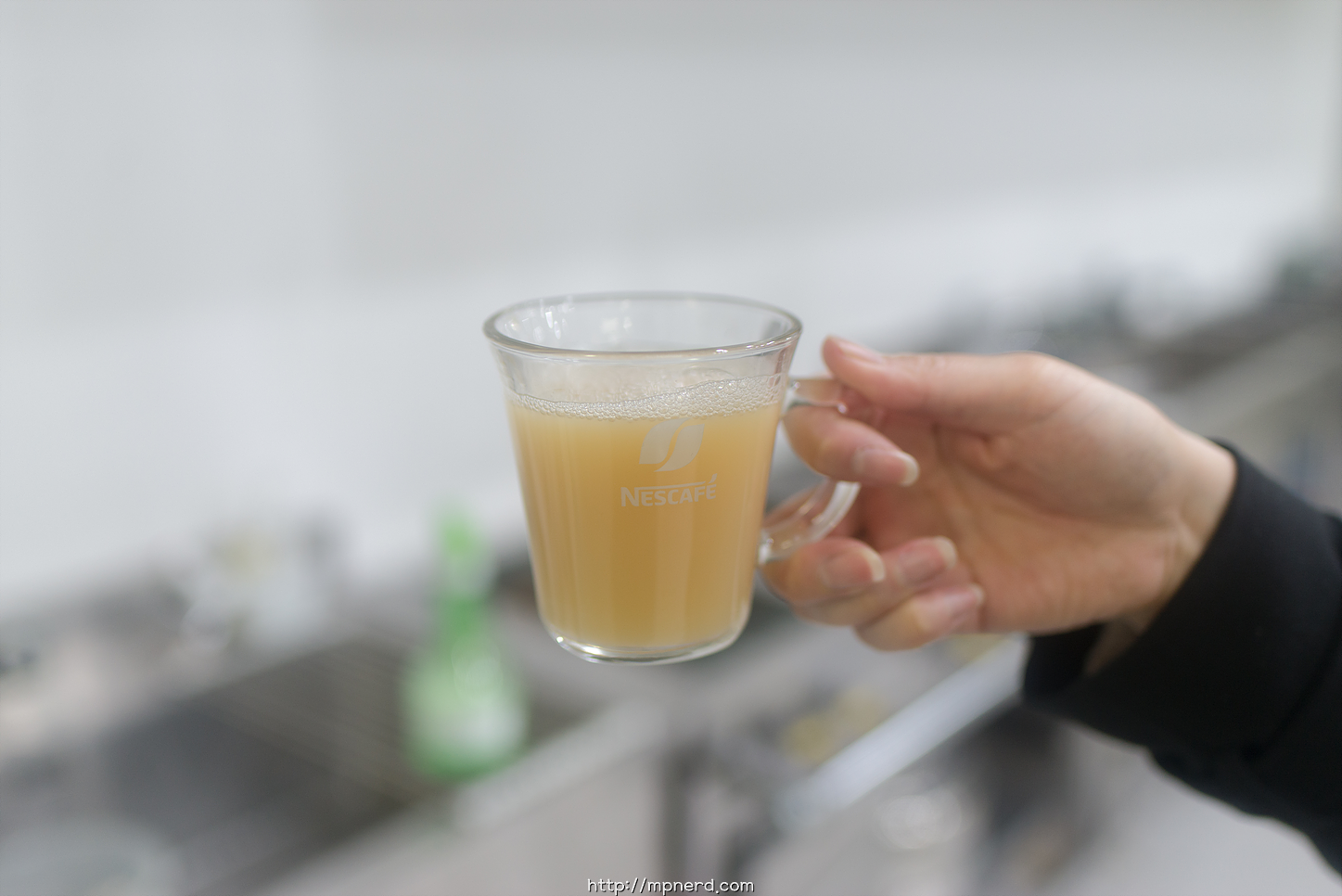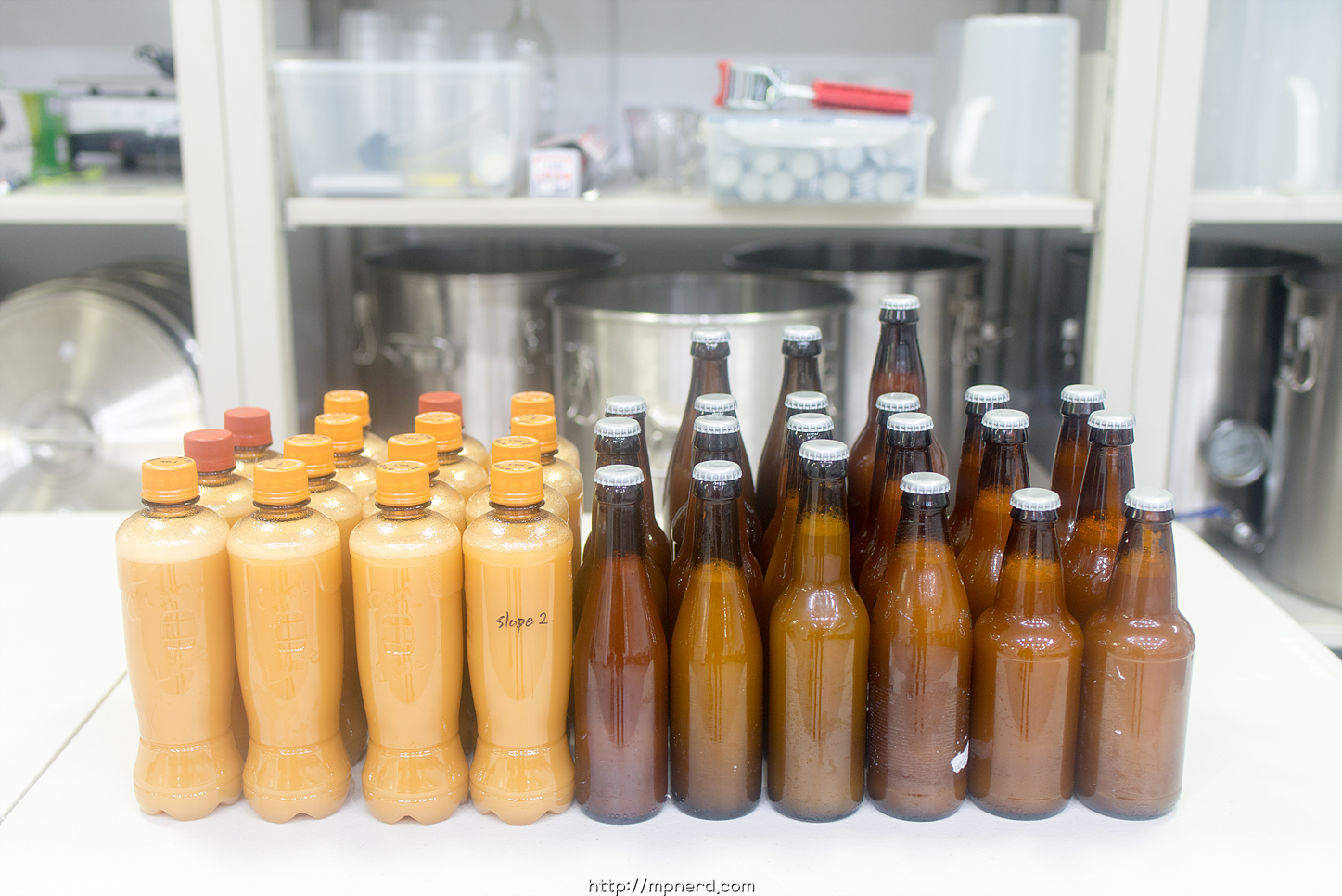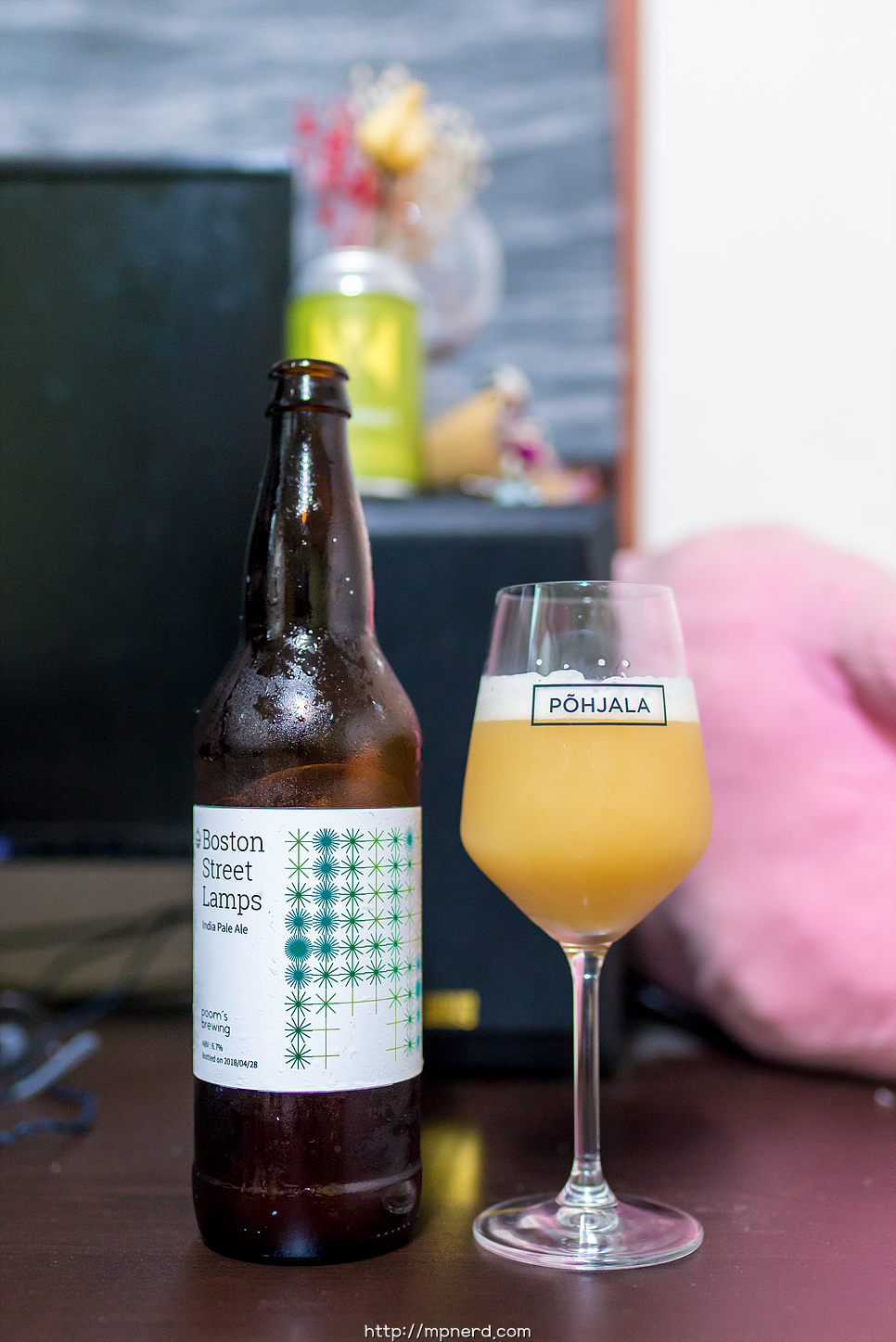MPBeer
Well-Known Member
- Joined
- Dec 12, 2017
- Messages
- 98
- Reaction score
- 10

So, I prepared a ton but screwed up hard. Never thought brewing by myself would be this difficult!
- Do I have to mill my acidulated malts?
- Do you put water chemicals with main mash? Or do you split it and add another half at the sparging water?
- If you prepare , for example, 5 gallon of sparge water, do you pour them to your mash / sparge tun after collecting first running? Or do you split it and collect till third~fourth running?
- How do you get your mashing temperature stable? I know I should get used to my burner... but it was impossible to get it stable.
- How do you chill your wort after whirlpooling? I started whirlpool at 180F(83C), for 30 minutes, and it was still 140F(60C). I had to take the chiller out since it was impossible for me to make whirlpool manually with my chiller in the wort, but had to put it back in. Wouldn't it make my beer infected?
Thanks and cheers.








